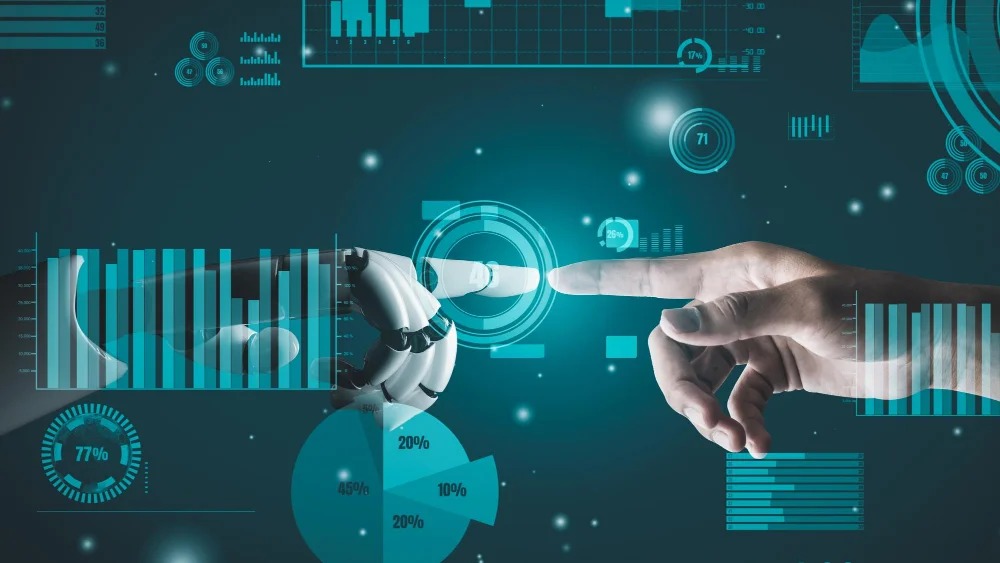In the realm of optical character recognition (OCR) technology, the year 2023 marks another significant leap forward. With a decade of experience in technical copywriting, let’s delve into the latest advancements in OCR, particularly the integration of artificial intelligence (AI) and machine learning, and how these developments are shaping the landscape.
The Evolution of OCR
From Printed Text to Diverse Content
Traditionally, OCR was primarily focused on converting printed text into digital formats. However, modern OCR systems are designed to recognize and extract text from a wide range of content sources, including handwritten documents, images, and even complex layouts with multiple fonts and languages.
The Integration of AI
AI has been a game-changer in OCR technology. Machine learning algorithms, often powered by deep neural networks, have significantly improved OCR accuracy and the ability to handle diverse content types.
Enhanced Accuracy and Language Support
Improved Character Recognition
The integration of AI and machine learning has led to remarkable improvements in character recognition. OCR systems can now identify and interpret characters more accurately, even in cases of distorted or handwritten text.
Multilingual Capabilities
Modern OCR solutions offer robust multilingual support, enabling the recognition of text in various languages and scripts. This feature is invaluable in today’s globalized world, where documents and content often span multiple languages.
Handling Complex Layouts
Layout Analysis
OCR systems with AI and machine learning can analyze document layouts intelligently. This means they can differentiate between headers, footers, body text, and other elements, preserving the document’s structure and formatting during conversion.
Table and Spreadsheet Recognition
OCR technology has made significant strides in recognizing tables and spreadsheets within documents. This feature simplifies data extraction and conversion, benefiting industries that rely heavily on tabular data.
Improved Image Processing
Dealing with Noisy Images
OCR’s ability to handle noisy or low-quality images has improved considerably. AI-driven image processing algorithms can enhance image quality, making it easier for OCR systems to recognize text in challenging conditions.
Real-time OCR and Mobile Applications
On-the-Go OCR
Mobile OCR applications have become increasingly popular, allowing users to capture and extract text from images in real-time. These applications often incorporate AI and machine learning to provide accurate results on smartphones and tablets.
The Future of OCR
Enhanced Efficiency
The future of OCR holds promises of even greater efficiency. AI-driven OCR will continue to improve accuracy and speed, making it an indispensable tool for businesses and individuals.
Integration with Other Technologies
OCR is likely to integrate with other emerging technologies such as augmented reality (AR) and virtual reality (VR), offering new possibilities in fields like education, healthcare, and entertainment.
Conclusion
In conclusion, OCR technology has come a long way, thanks to advancements in AI and machine learning. The ability to accurately convert text from diverse content sources, handle complex layouts, and support multiple languages has made OCR an invaluable tool in the digital age.
As OCR continues to evolve, we can expect even greater accuracy, faster processing, and integration with emerging technologies. Whether it’s for digitizing documents, automating data entry, or improving accessibility, OCR’s role in our digital world is only set to expand further.

